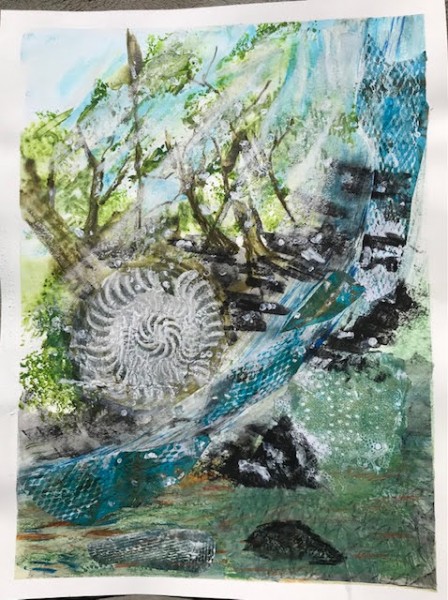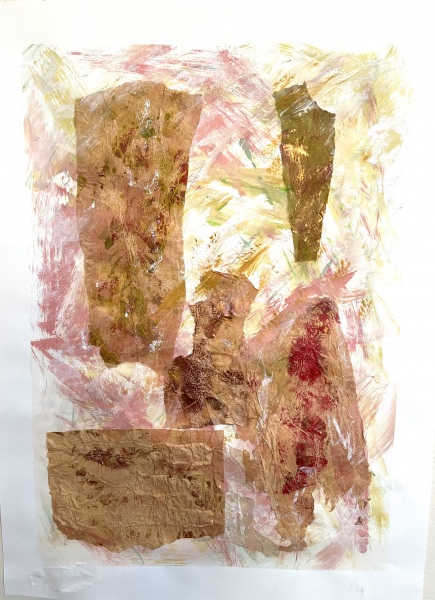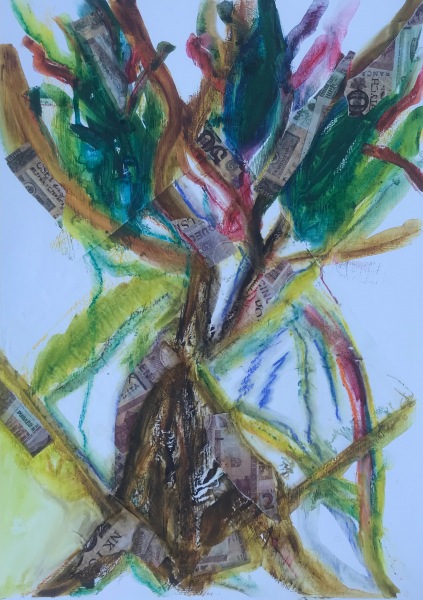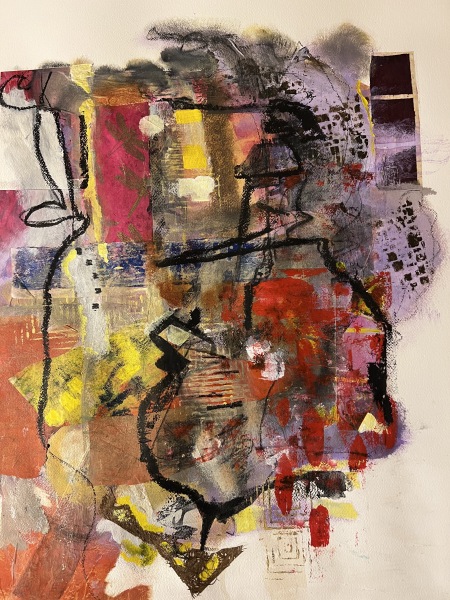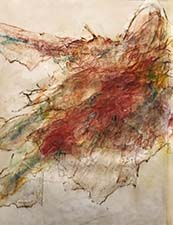Blog #2C In-Bodying the Field, Reciprocity: Flirting and Animism

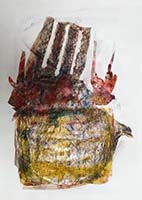 There is a way to explore animism in the practice Marking by flirting. The definition of animism we are using it is the essence of an object or entity. It is the spirit that energizes, even if at first it is beyond our sensorial recognition. Rather than a belief we are cultivating more an attitude or practice as we become comfortable and adept in the Imaginal Realm. You could also say that it is a poetic approach. Poetry of the plastic arts, music, literature and performance all seek deeper and meaningful connection through the intelligence of the imaginal realm. Through marking we explore the reciprocity of the life and essence of the field in relation to flirting.
There is a way to explore animism in the practice Marking by flirting. The definition of animism we are using it is the essence of an object or entity. It is the spirit that energizes, even if at first it is beyond our sensorial recognition. Rather than a belief we are cultivating more an attitude or practice as we become comfortable and adept in the Imaginal Realm. You could also say that it is a poetic approach. Poetry of the plastic arts, music, literature and performance all seek deeper and meaningful connection through the intelligence of the imaginal realm. Through marking we explore the reciprocity of the life and essence of the field in relation to flirting.
Flirting can be subtle or blatant, social, sexual or aesthetic behavior involving spoken, written word or body language communicated in creative exchange by one person to another. We are extending it to what we usually think as objects. It suggests an interest in deeper relationship or simple unfolding amusement. In the spirit of Reciprocity notice what catches your attention, your eye, or perhaps kinesthetically, your body. Not just people or objects but how the light slants through the trees, the stance of a crow, a gesture that brings back a memory. Because flirting goes back and forth you need to give some space to whatever you are flirting with to respond. Let your imagination start an exchange. Give the encounter some leeway to play, transforming into new possibilities. Engage in the exchange for deeper relationship in the Imaginal Realm.
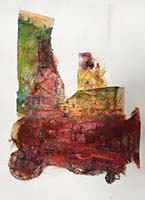 Some approaches in Transpersonal Psychology and Process Therapy look at physical symptoms not as pathological but invitations for creative encounters that offer important insights and information. Arnold Mindell talks about symptoms as dreamings. They have important information for guidance for assimilation and integration. Flirting is a way to engage secondary process, which at first lies outside of our immediate awareness. If our true self is nonlocal, then anything that catches your attention is you, an edge of the bigger-you. Flirting goes back and forth, so take up the baton.
Some approaches in Transpersonal Psychology and Process Therapy look at physical symptoms not as pathological but invitations for creative encounters that offer important insights and information. Arnold Mindell talks about symptoms as dreamings. They have important information for guidance for assimilation and integration. Flirting is a way to engage secondary process, which at first lies outside of our immediate awareness. If our true self is nonlocal, then anything that catches your attention is you, an edge of the bigger-you. Flirting goes back and forth, so take up the baton.


